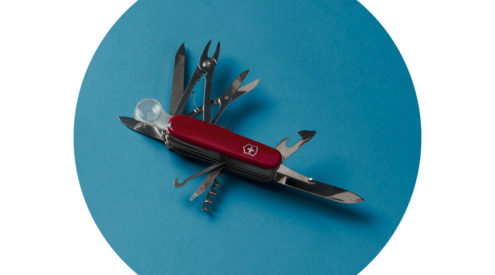Reasons for buying a two-way radio
If you don’t already own a two-way radio, it’s a pretty good bet it’s not something you’ve ever seriously considered. For those who have looked into it, perhaps the licensing and regulatory hurdles put you off, or maybe it was the deluge of acronyms or uncertainty about which of the competing technologies to choose from.
Joining the two-way radio community is not simply a case of picking up a set at your local dealer and thumbing the push-to-talk switch, but the jargon and regulations are not as impenetrable as you might think.
More than just a fun means of chatting with your friends as you negotiate a remote trail, two-way radios can be invaluable assets when travelling in convoy, and being able to radio for assistance if something goes seriously wrong can be a life saver out in the bush.
Hand-held or mounted?
Two-way radios below 0.5W output don’t require a license and for this reason alone the smaller portable hand-helds can be an attractive choice for the casual user. Power output varies considerably in the hand-held market, with those on the lower end (around 0.05W) little more than toys and not practical for inter-vehicle communication.
More powerful, pre-licensed hand-helds are a more pragmatic choice although they are significantly more expensive. Their higher power output means an effective range of up to five kilometres which may make all the difference between a fun but very limited toy, and a really useful piece of touring kit.
As two-way radio expert Eric Skeen from REPCOM points out however, “although the range of two hand-held radios would be from three to five kilometres when used outside a motor vehicle, range is substantially curtailed when both users are operating their radios from inside, as the vehicle acts as a Faraday Cage and severely restricts the radio frequency propagation from inside a vehicle.”
If you’re primarily interested in line-of-sight communication – perhaps to let your friends up ahead know you’re pulling over for a rest break – then a decent hand-held may be all you need. For reliable radio communication over significant distances, however, basic hand-helds simply aren’t powerful enough and to achieve an effective range of more than five kilometres, mounted (also called mobile radio) units are the only way to go.
AM or FM?
Your first decision when considering a mounted two-way radio will be between two fundamentally different technologies: the 29Mhz AM radio and the multi-band VHF FM radio.
In simple practical terms, 29Mhz AM radios are cheaper to buy, cheaper to license and still popular in many clubs around the country so there’s a good chance you’ll find help when you need it on the other end of the receiver. That said, they have shorter range than VHF and can suffer from interference in poor weather.
VHF is definitely the more modern, robust technology, but there are only a limited number of frequencies available and you’ll need to join a local club in order to make use of their allocated frequency and gain any real practical use out of your set.
Range and the conditions affecting it
The range of any radio device is hugely dependent on the terrain in which it’s being used. In general, the lower the frequency, the better a radio transmission copes with obstacles and the longer is its effective range. That said, frequencies which work well over long distances are often impractical for short range work or require far too much power to make them viable for everyday vehicle use.
29Mhz AM has an operating range of up to 10 kilometres, but uneven terrain and poor weather can limit this significantly.
VHF radios are usually effective from 30 to 50 kilometres, but again this can be as much as halved in mountainous or even hilly areas. VHF also has the advantage of being less susceptible to atmospheric conditions.
Long range is not always, however, a straightforward advantage to the average radio operator. The further your range, the more potential users you may have cluttering up your frequency and it can be a hindrance to have to wait for your chance to speak with a friend 200m away while another expedition 40 kilometres away hogs the channel with unrelated chatter. For this reason some radios have a “low-power” function programmed in, which can then be used when you and your friends are driving within a confined area.
Page 1: A review of inter-vehicle communication
Page 2: Antenna mounting, fitting and servicing
Page 3: Clubs, licensing and the law
Page 4: Radio etiquette, prowords and the phonetic alphabet
Page 5: Jargon, dealers and price guide
























